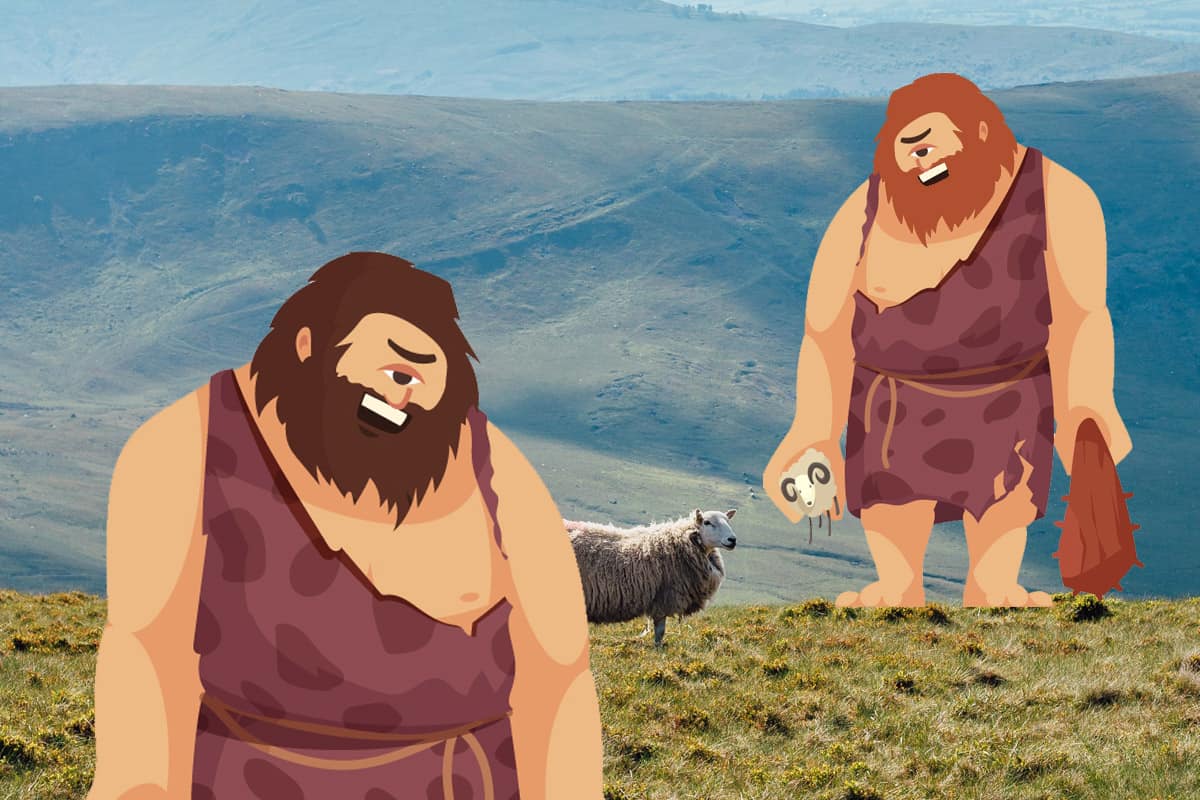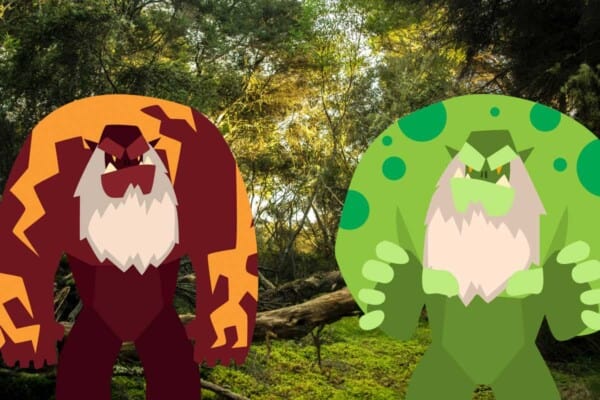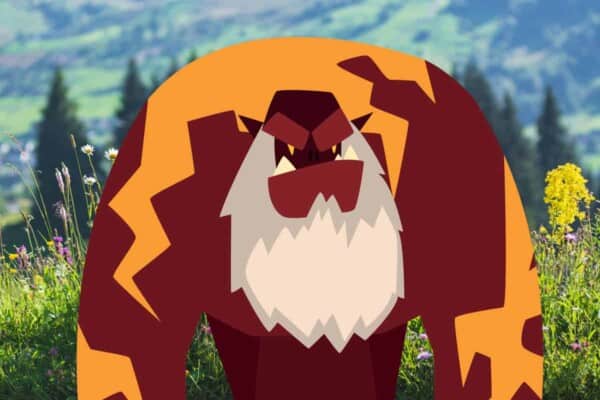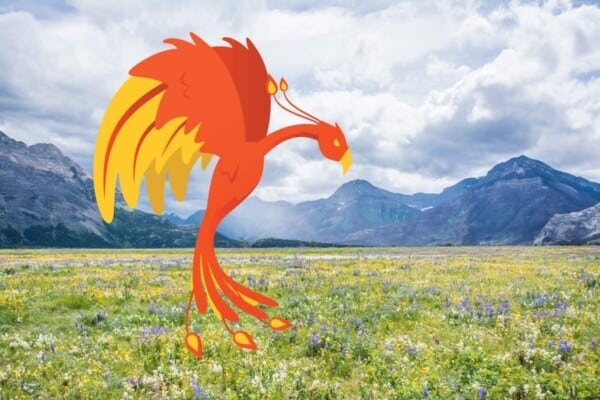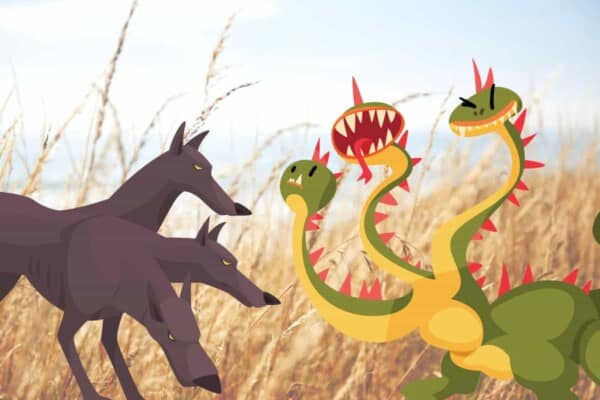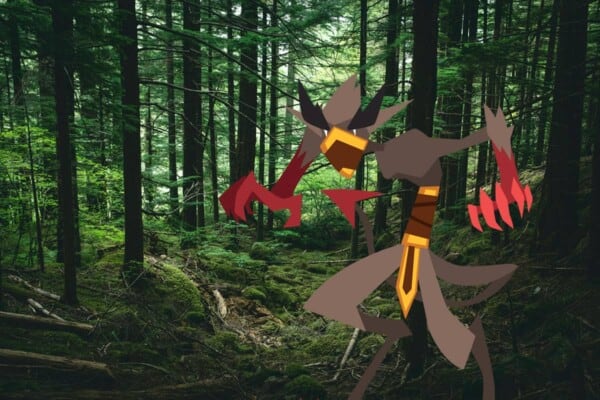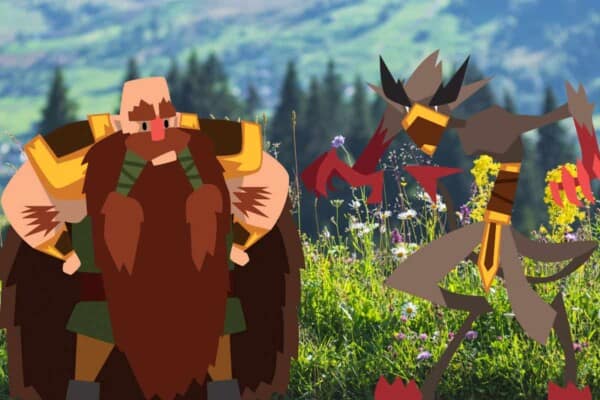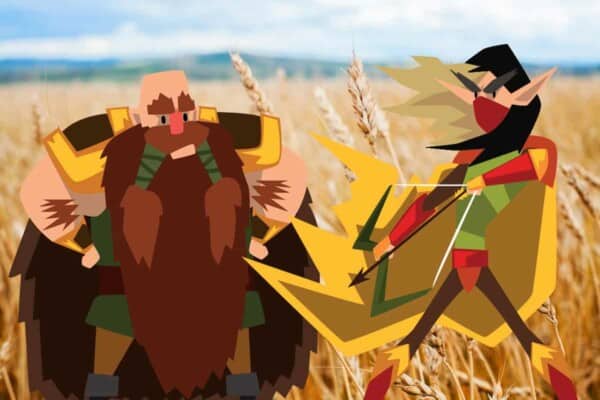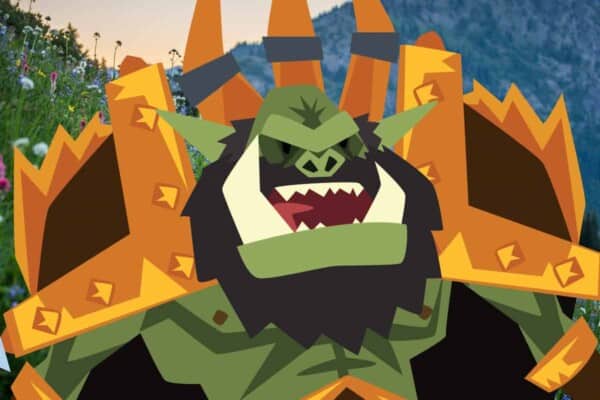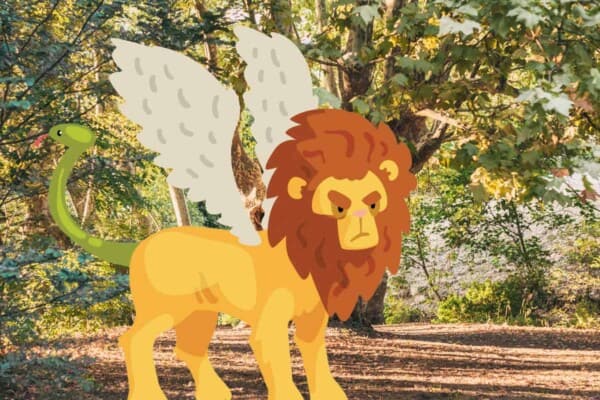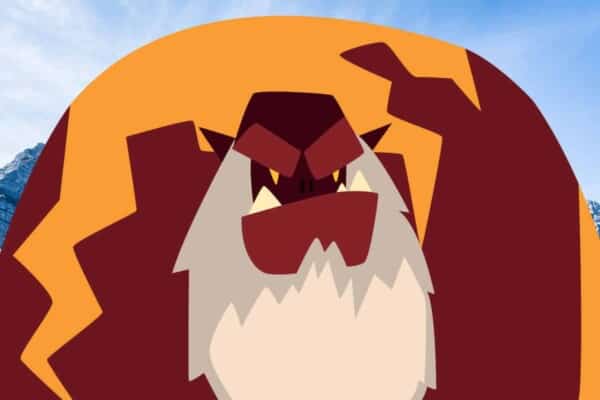The one-eyed cyclopes are famous, terrifying giants who had their start in Greek and, later, Roman mythology. There were three types of cyclops, and while some were simply monstrous, others were neutral or even beneficial to gods and men. Some even worked side by side with the gods during their important work on Mount Olympus.
So, what is there to know about the cyclopes? Well, a lot! The following facts talk about some of the most interesting things to know about cyclopes as a species. You might be surprised by what you did – and didn’t – already know!
Just a Few Fascinating Facts about Cyclopes
1. The etymology of ‘cyclops’ means ‘circle (or round) eye’
It’s taken from the Greek κύκλος (circle) + ops (eye).
2. The three types of cyclopes played very different roles, appearing in different texts
The types were:
- Hesiod’s cyclopes: The three cyclops brothers named Brontes, Steropes, and Arges, sons of the personifications of the earth and the sky. Their job was to craft the thunderbolts of Zeus and other weapons of the gods. Later, they became the assistants of the forge God Hephaestus.
- Homer’s cyclopes: These were wild, uncivilized shepherds who were often monstrous. They dwelled in caves and ate people for fun. The most famous is Polyphemus, son of Poseidon, who was overcome by Odysseus in The Odyssey after devouring Odysseus’s crew.
- Wall-builder cyclopes: The walls of Mycenae, Tiryns, and Argos were built by the third kind of cyclops. They were relatives of Hesiod’s cyclopes, possessing high strength and skill and born from the primordial gods.
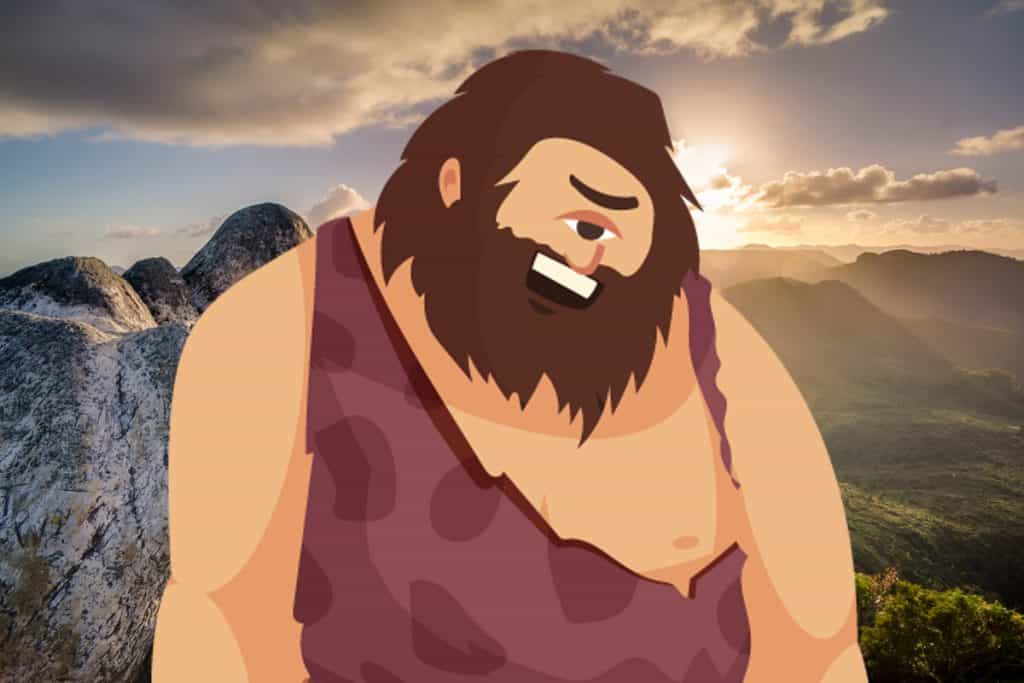
3. Their main residence or point of origin on earth was Sicily, near Mount Etna
A little island nearby was where Polyphemus lived in The Odyssey, while Hephaestus’s forge was at Therasía (now known as Vulcano), an island like than 20 miles north of Sicily.
4. It’s likely that myths of the cyclopes began with the skulls of prehistoric elephants!
Dwarf elephants from the Pleistocene period left behind large skulls in the coastal caves of Greece and Italy. They contained an extremely large nasal cavity in the center, which ancient people might have believed was an eye socket.
5. One-eyed giants also exist in different folklore across the world, even though there might be no solid link between the historical cultures
Some examples include:
- Balor, leader of the Fomorians – Irish mythology
- Balor led the malevolent forces of the Fomorians against the Tuath Dé, the main gods of ancient Irish myth. He had one eye on his forehead that remained closed, which could wreak destruction if opened.
- Bungisngis – Philippine folklore
- This one-eyed giant was eternally laughing. It had huge teeth and a mouth that covered his whole face when opened. It was also extremely strong.
- Fachan – Scottish folklore
- This species of monsters or giants had one eye, one hand protruding from their chest without an arm, and a single leg. They were very dangerous.
- Hitotsume-kozō – Japanese mythology
- These are strange, one-eyed children that suddenly appear to people. Though they are supernatural yokai and related to demons, they don’t really cause harm.
- Likho – Slavic mythology
- This is a one-eyed wizened, black-cloaked woman or a one-eyed evil male goblin across various Slavic stories. They personify bad luck.
- Ojáncanu – Cantabrian mythology
- These were large, hairy monstrous giants with massive strength, two rows of teeth, and one large red eye in the middle of their foreheads. They were creatures of evil that reproduced through the death of their elderly.
- Tepegöz – Turkish mythology
- This monster murdered men freely. He was large, incredibly strong, and one-eyed. He was an ogre that was nearly impossible to kill.
- Papinijuwari – Aboriginal Australian mythology (the Tiwi people)
- These one-eyed giants lived in a hut at the end of the sky. They fed on dead bodies and drank the blood of sick people and could change size to kill.
6. Other creatures in Greek mythology were also one eyed
The war-like one-eyed Arimaspi of Scythia constantly battled with griffins for gold. Meanwhile, the Graeae, the ancient sisters of Medusa and the Gorgons, shared one eye and one tooth between them that they passed around at regular intervals.
7. The Cyclopes were imprisoned by Uranus, their father, and when their siblings the Titans took over, they remained in their underground prisons
They were only at last rescued by their nieces and nephews, the soon-to-be Gods of Olympus, led by Zeus. In exchange for their freedom, they agreed to work at the gods’ side during the Titanomachy, the war between the Gods and Titans.
8. Apollo once killed supposedly immortal cyclopes out of misplaced revenge
Asclepius, Apollo’s son and the father of medicine, had grown his talents beyond the comfort of the gods. He could even bring the dead back to life. When this came to Zeus’s attention through a complaint of Hades, Zeus struck Asclepius with a lightning bolt, killing him. Stricken by anger and grief, Apollo sought revenge. Since he could not act against his father and king directly, he instead found the cyclops (or cyclopes) who had crafted the bolt for Zeus and killed them.
9. The Cyclopes were usually the middle children of the earth and sky
The three groups were the Hecatoncheires, the Cyclopes, and the Titans. While ancient writers disagreed on whether the Titans or the Hecatoncheires were the oldest of the primordial gods’ children, all agreed that the Cyclopes came second.
10. Cyclopes fought alongside Dionysus during his fight with an Indian king
In Nonnus’s Dionysiaca, Zeus ordered Dionysus to make war with the Indians before he could become an Olympian. Dionysus led his troops in a many-year-long war against the Indian king, and he was aided by the cyclopes and Korybantes.
Final Thoughts
Cyclopes are an interesting species because they simultaneously embody the fears of humanity (violence, overpowering people, cannibalism) and the virtues (strength, loyalty, craftmanship). They are an example of the moral greyness in Greek mythology. Nobody was ever simply good or evil – just like people in the world today.
Contents
- Just a Few Fascinating Facts about Cyclopes
- 1. The etymology of ‘cyclops’ means ‘circle (or round) eye’
- 2. The three types of cyclopes played very different roles, appearing in different texts
- 3. Their main residence or point of origin on earth was Sicily, near Mount Etna
- 4. It’s likely that myths of the cyclopes began with the skulls of prehistoric elephants!
- 5. One-eyed giants also exist in different folklore across the world, even though there might be no solid link between the historical cultures
- 6. Other creatures in Greek mythology were also one eyed
- 7. The Cyclopes were imprisoned by Uranus, their father, and when their siblings the Titans took over, they remained in their underground prisons
- 8. Apollo once killed supposedly immortal cyclopes out of misplaced revenge
- 9. The Cyclopes were usually the middle children of the earth and sky
- 10. Cyclopes fought alongside Dionysus during his fight with an Indian king
- Final Thoughts

